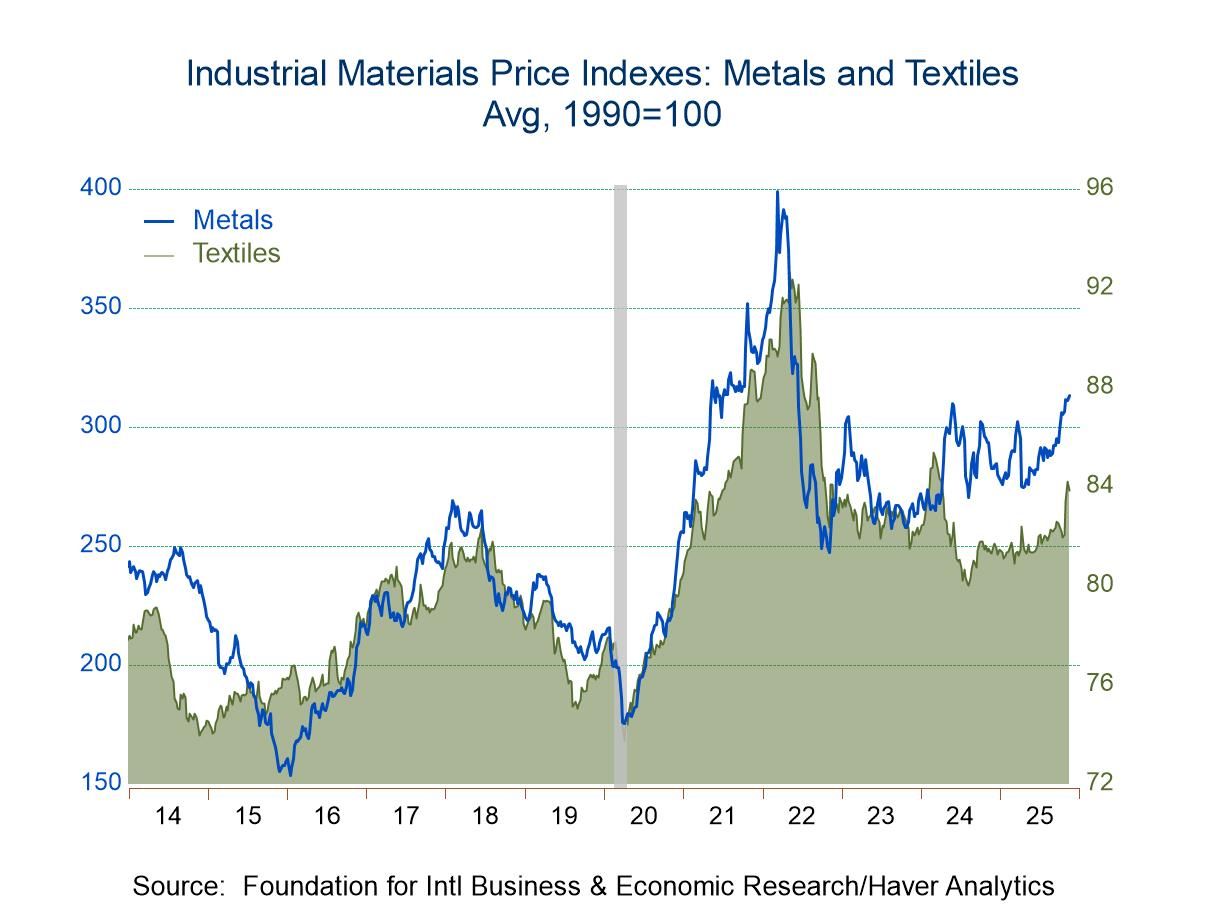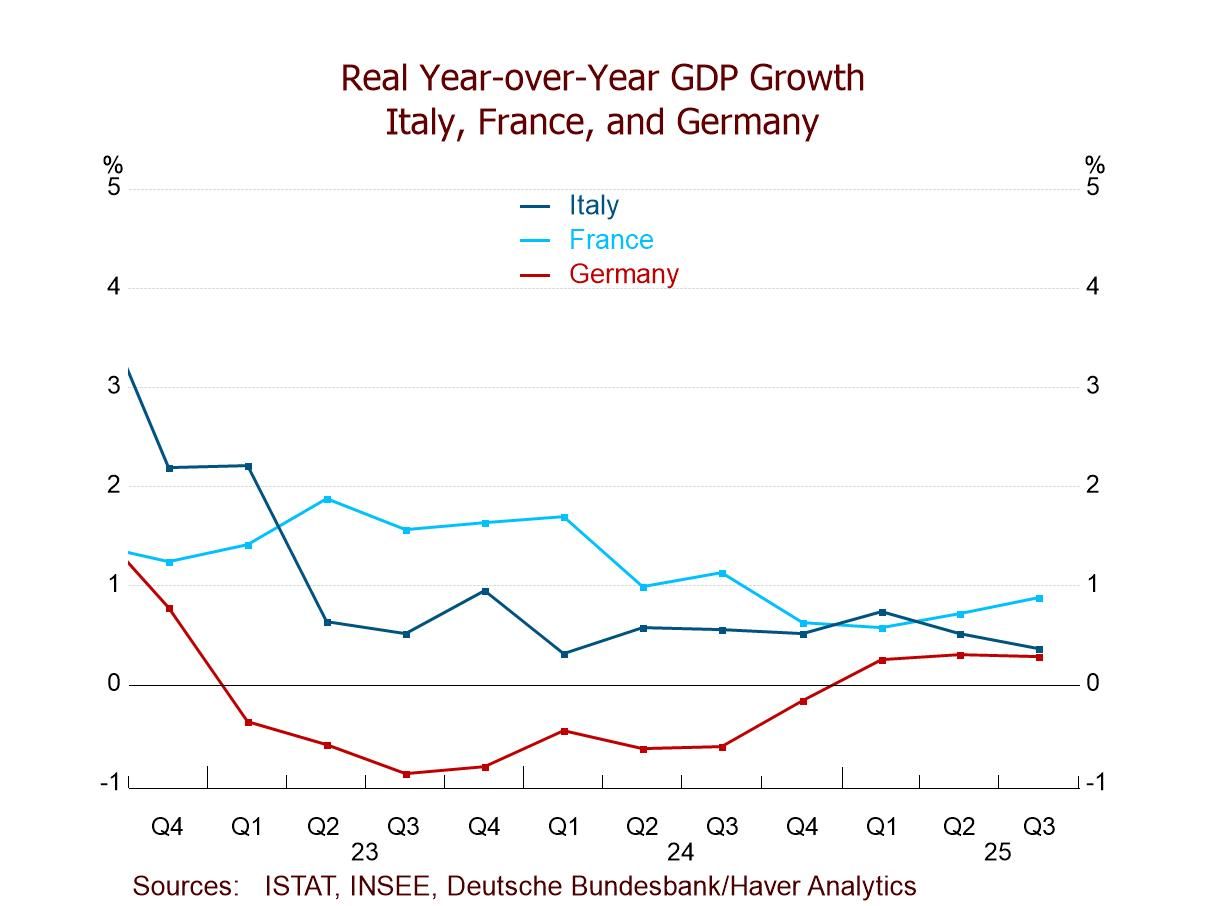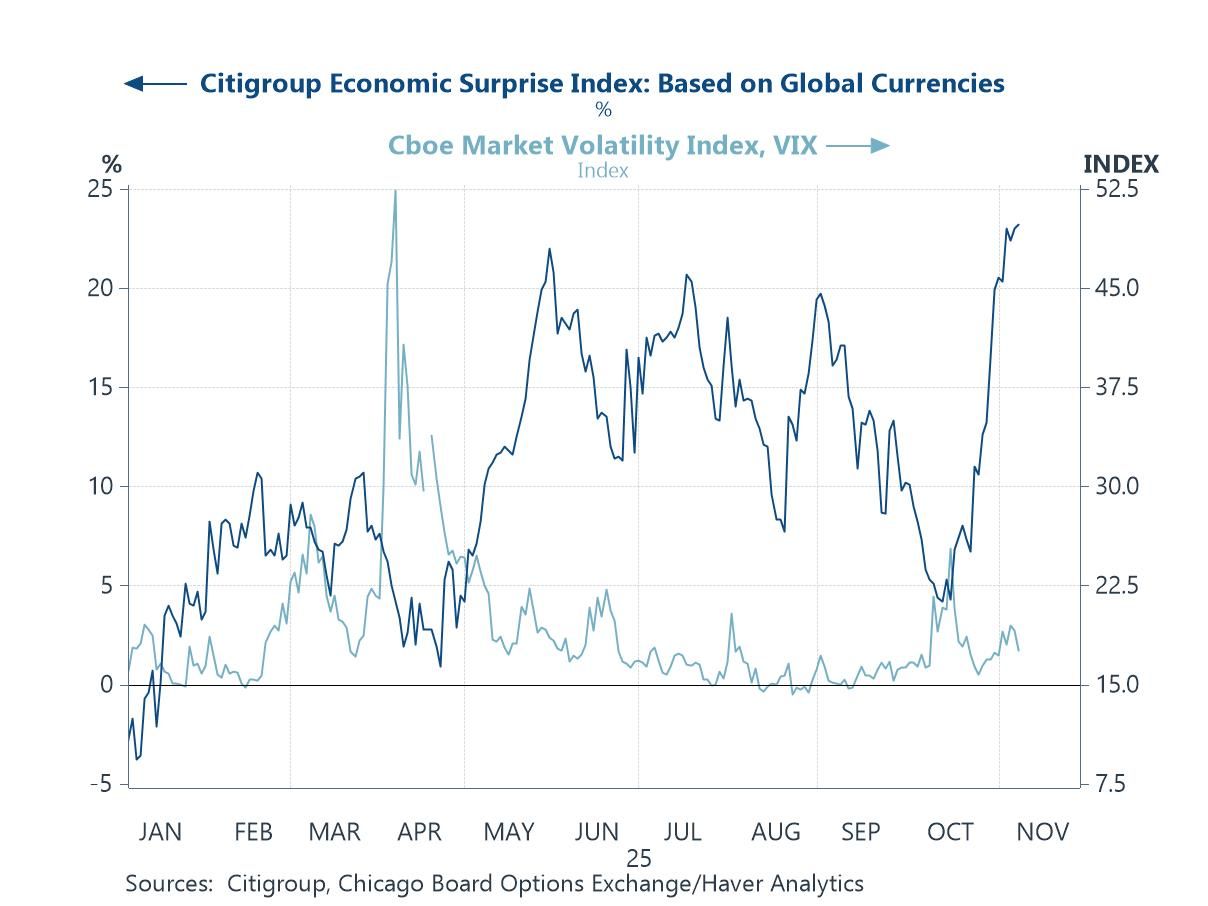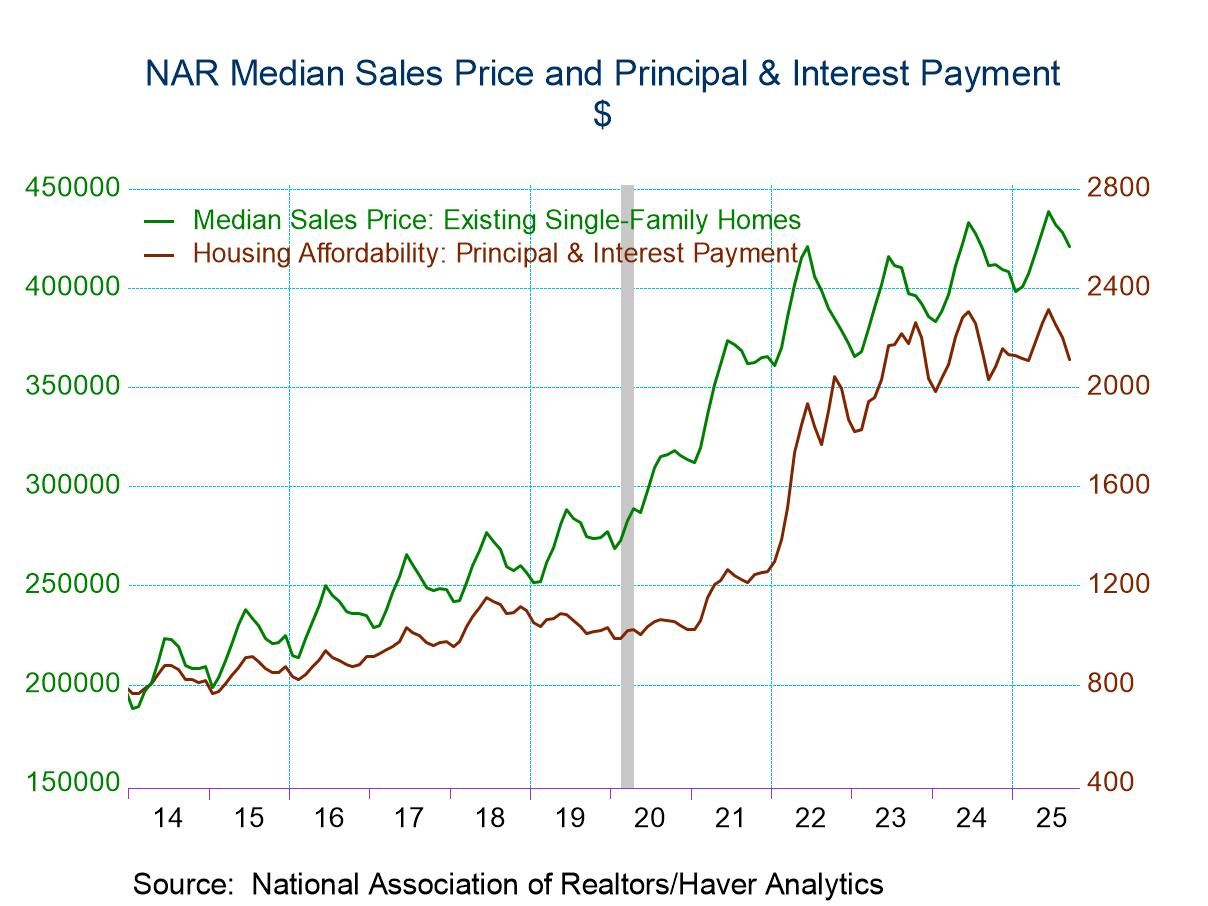 Global| Jul 18 2024
Global| Jul 18 2024Charts of the Week: Walking a Tightrope
by:Andrew Cates
|in:Economy in Brief
Summary
Markets have become increasingly optimistic this week about a potential interest rate cut by the Federal Reserve in September following some dovish remarks from Fed Chair Powell. Meanwhile, the IMF has maintained that the outlook for the world economy remains broadly balanced, a message that chimes too with the latest Blue Chip survey of economic forecasters (chart 1). That being said, incoming data from many major economies, including China, have disappointed to the downside much more frequently in recent days (see charts 2 and 4) keeping recession risks elevated (chart 3). And while investors in big US technology companies have, until very recently, brushed off those risks, buoyed by optimism about the productivity-related potential from AI, broader global equity market gyrations equally suggest heightened concern. Still, aside from AI’s-productivity potential, there are grounds for optimism about other areas of the global economy, including India (chart 1) and South-East Asia (chart 6). Latest data and forecasts additionally suggest the near-term outlook may be brightening a little in the UK (charts 1 and 3).
The global growth consensus The latest survey of Blue Chip economic forecasts for July revealed little-change in the overall outlook for the world economy this year. Looking back at the evolution of forecast changes over the past six months suggests greater optimism about the outlook for a number of economies, including the US, euro area, China, Brazil and Canada but more pessimism about Australia and particularly about Japan. When comparing the GDP consensus for both 2024 and 2025, forecasters have also become much more optimistic about India’s growth potential. And they have additionally taken a slightly more favourable view about the medium-term growth prospects for the UK.
Chart 1: The Blue Chip growth consensus: 6-month changes for 2024 versus 2025

US data surprises and now casts Latest economic data from a number of major economies, however, have disappointed expectations to the downside which may now be challenging that consensus figuring for 2024. A flurry of negative US data surprises have, in particular, been exerting downside risks to the near-term growth outlook. This is illustrated in chart 2 below in which we compare the downward trend in the Citigroup US growth surprise index with the Atlanta Fed’s GDP now cast for Q2 2024. At the last count the latter stood at 2.5% on a seasonally adjusted annualised basis, down from a high of over 4% in early May.
Chart 2: Citigroup’s US growth surprise index versus the Atlanta’s Fed’s US GDP nowcast for Q2

Recession probabilities Negative US – and broader global – data surprises may have kept bond investors fearful about recession outcomes in the months ahead. Our new calculations, based on the spread between longer-term and short-term yields, certainly suggests a relatively high recession probability for the US and Germany over the next 12 months (see chart 3). However, despite the US Treasury market yield curve (e.g. the 10-year to 3-month spread) being inverted since November 2022, the US economy has thus far managed to avoid a recession.
Chart 3: Implied probabilities of recession calculated by Haver from sovereign bond yield spreads

Markets and data Those calculations for recession probabilities also seem at odds with the all-time highs that have been chalked up by the US equity market in recent days and, for example, the S&P 500 index. That said, much of that strength in that market has been fuelled by optimism about big US technology companies. Excluding these and looking at broader global markets relative to global growth and inflation surprises suggests a more downbeat appraisal of the macroeconomic scene (chart 4).
Chart 4: Global growth and inflation surprises versus non-US global equity markets

China’s economy This week's data showing a slowdown in China’s economy in Q2 may have heightened global growth concerns. China's GDP specifically slowed to a 4.7% y/y pace in Q2, down from 5.3% in Q1 and well below expectations of 5.1%. Additionally, monthly data for June underscore weaker domestic consumption growth and ongoing fragility in the property market. However, taking a longer view of China's economic performance over the past 20 years indicates that pessimism ought not to be overstated. A slowdown in China's economic growth is a natural consequence of a slowing - and aging - population, where productivity growth also becomes much harder to achieve after its catch-up industrialization phase has been exhausted. In fact, after removing COVID-related distortions, it could be argued that China was actually punching above its weight in Q2 based on the pre-COVID trend performance of the economy (chart 5).
Chart 5: China’s GDP growth versus its pre-COVID 15-year trend

Trade in South East Asia While China's economic growth is crucial for the global economy, changes in its import demand patterns will also significantly impact the development of many other economies. Our final chart this week illustrates how the trade destination mix among Southeast Asian economies has changed significantly in recent years compared to the pre-pandemic era. For example, economies such as Thailand and Vietnam have seen a substantial increase in their share of exports to the US since late 2019. Similarly, Indonesia has experienced a surge in exports to China during this period. Interestingly, Vietnam has also shown an uptick in its share of exports to China, albeit to a lesser degree. These trends challenge narratives about trade diversification away from China for Southeast Asian economies, especially as exports to the EU and Japan have also declined in importance for those economies in recent years.
Chart 6: Exports to the US and/or China from selected South-East Asian economies

Andrew Cates
AuthorMore in Author Profile »Andy Cates joined Haver Analytics as a Senior Economist in 2020. Andy has more than 25 years of experience forecasting the global economic outlook and in assessing the implications for policy settings and financial markets. He has held various senior positions in London in a number of Investment Banks including as Head of Developed Markets Economics at Nomura and as Chief Eurozone Economist at RBS. These followed a spell of 21 years as Senior International Economist at UBS, 5 of which were spent in Singapore. Prior to his time in financial services Andy was a UK economist at HM Treasury in London holding positions in the domestic forecasting and macroeconomic modelling units. He has a BA in Economics from the University of York and an MSc in Economics and Econometrics from the University of Southampton.






